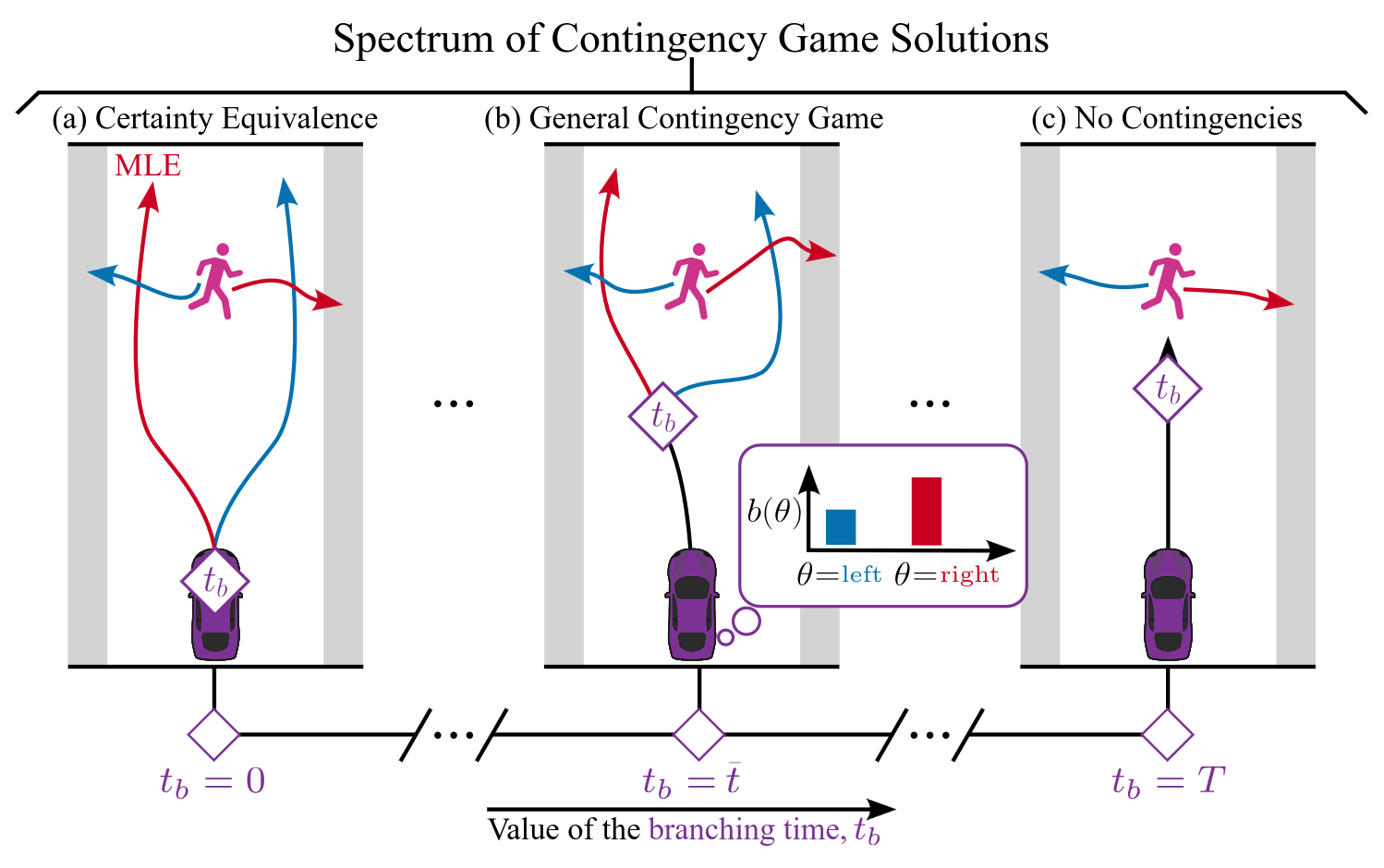INTERACT: Intuitive Interaction for Robots among Humans

People
Funding
This project has received funding from the European Union through an ERC Starting Grant.
More LinksAbout the Project
INTERACT aims to equip mobile robots with the ability to navigate and operate safely in human-populated environments. Leveraging advancements in motion planning, multi-robot task assignment, and machine learning, this project seeks to overcome the challenges of modeling intuition and ensuring safety in complex, uncertain settings. By developing intuitive models from past interactions and integrating them into novel optimization methods, INTERACT will enable robots to perform seamless, interaction-aware navigation and task planning. This foundational work paves the way for a new era of automation in both industrial and urban settings, where robots and humans can coexist harmoniously.
One recent contribution from this project has been development of task and motion planning (TAMP) algorithms which are used in robotic systems to autonomously decide the high-level actions along with the associated motions. Previous research into TAMP algorithms have several simplifications and often do not account for robot dynamics or issues with low-level controllers. This project uses GPU based physics simulators to find high-quality realizations which can be directly implemented in the real system as it accounts for robot dynamics. Experimental results validated the effectiveness of this algorithm for a pick and place task while finding low-cost feasible solutions in 1-2 minutes.
Another problem addressed in this project is that of real-time motion planning for multiple robotic manipulators in close proximity of each other. A novel method called multi-robot dynamics fabrics(MRDF) is developed which uses dynamic fabrics that rely on differential equations to solve for local motion planning. This method enables higher replanning frequencies and makes it useful for complex systems in dynamic environments. An online local motion planning algorithm is built that can enable multiple manipulators to operate in a shared workspace. The method is then validated in several pick-and-place scenarios obtaining high success rates and a real-time performance.
Project Demonstrations
Funding & Partners
This project has received funding from the European Union through ERC, INTERACT, under Grant 101041863. Views and opinions expressed are, however, those of the author(s) only and do not necessarily reflect those of the European Union. Neither the European Union nor the granting authority can be held responsible for them.
Related Publications
Overcoming Explicit Environment Representations with Geometric Fabrics
In IEEE Robotics and Automation Letters (RA-L),
2025.
SADCHER: Scheduling using Attention-based Dynamic Coalitions of Heterogeneous Robots in Real-Time
In IEEE Int. Symposium on Multi-Robot & Multi-Agent Systems (MRS),
2025.

Pushing Through Clutter With Movability Awareness of Blocking Obstacles
In IEEE Int. Conf. on Robotics and Automation (ICRA),
2025.
Scenario-based motion planning with bounded probability of collision
In The International Journal of Robotics Research (IJRR),
2025.
Globally-Guided Geometric Fabrics for Reactive Mobile Manipulation in Dynamic Environments
In IEEE Robotics and Automation Letters (RA-L),
2025.

SHINE: Social Homology Identification for Navigation in Crowded Environments
In International Journal of Robotics Research (IJRR),
2025.

TamedPUMA: safe and stable imitation learning with geometric fabrics
In Learning for Dynamics and Control (L4DC),
2025.

Particle-based Instance-aware Semantic Occupancy Mapping in Dynamic Environments
In IEEE Transactions on Robotics (T-RO),
2025.
Topology-Driven Parallel Trajectory Optimization in Dynamic Environments
In IEEE Transaction on Robotics (T-RO),
2024.

Safe and stable motion primitives via imitation learning and geometric fabrics
In Robotics: Science and Systems, Workshop on Structural Priors as Inductive Biases for Learning Robot Dynamics,
2024.
Reactive grasp and motion planning for adaptive mobile manipulation among obstacles
In Robotics: Science and Systems, Workshop on Frontiers of Optimization for Robotics,
2024.
Evaluating Dynamic Environment Difficulty for Obstacle Avoidance Benchmarking
In IEEE/RSJ International Conference on Intelligent Robots and Systems (IROS),
2024.

Physically Grounded Optimal Realizations of Symbolic Plans
In Robotics: Science and Systems (RSS), Workshop on Frontiers of Optimization for Robotics,
2024.

Multi-Modal MPPI and Active Inference for Reactive Task and Motion Planning
In IEEE Robotics and Automation Letters (RA-L),
2024.
Decentralized Multi-Agent Trajectory Planning in Dynamic Environments with Spatiotemporal Occupancy Grid Maps
In IEEE Int. Conf. on Robotics and Automation (ICRA),
2024.
Auto-Encoding Bayesian Inverse Games
In 16th Workshop on the Algorithmic Foundations of Robotics (WAFR),
2024.
Contingency Games for Multi-Agent Interaction
In Robotics and Automation Letters (RA-L),
2024.

Learning to Play Trajectory Games Against Opponents with Unknown Objectives
In IEEE Robotics and Automation Letters (RA-L),
2023.
RAST: Risk-Aware Spatio-Temporal Safety Corridors for MAV Navigation in Dynamic Uncertain Environments
In IEEE Robotics and Automation Letters (RA-L),
2023.
Multi-Robot Local Motion Planning Using Dynamic Optimization Fabrics
In Proc. IEEE International Symposium on Multi-Robot and Multi-Agent Systems,
2023.